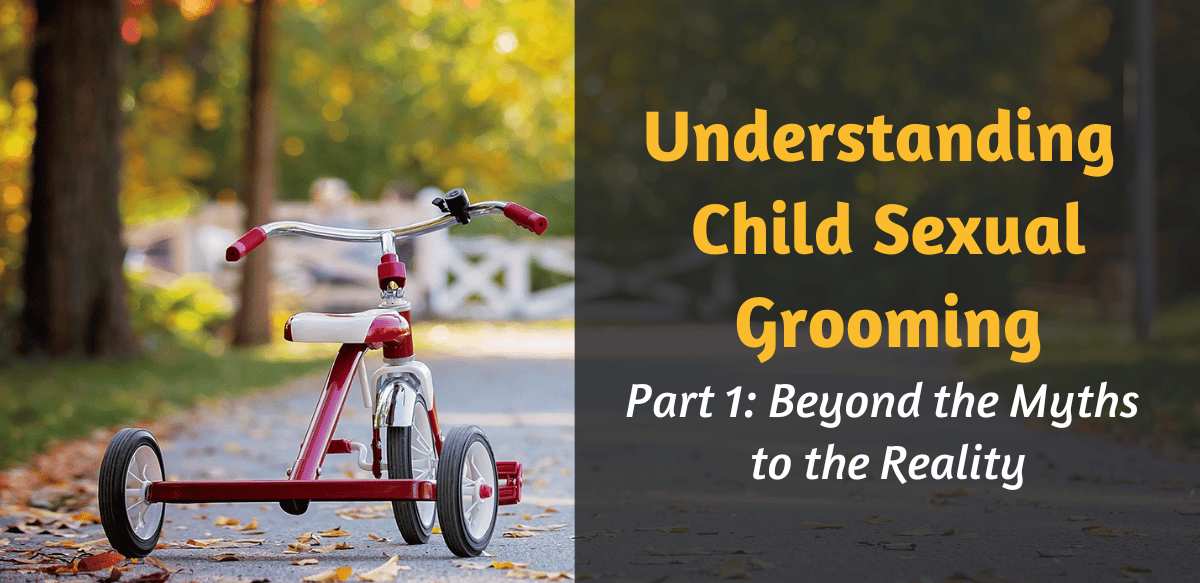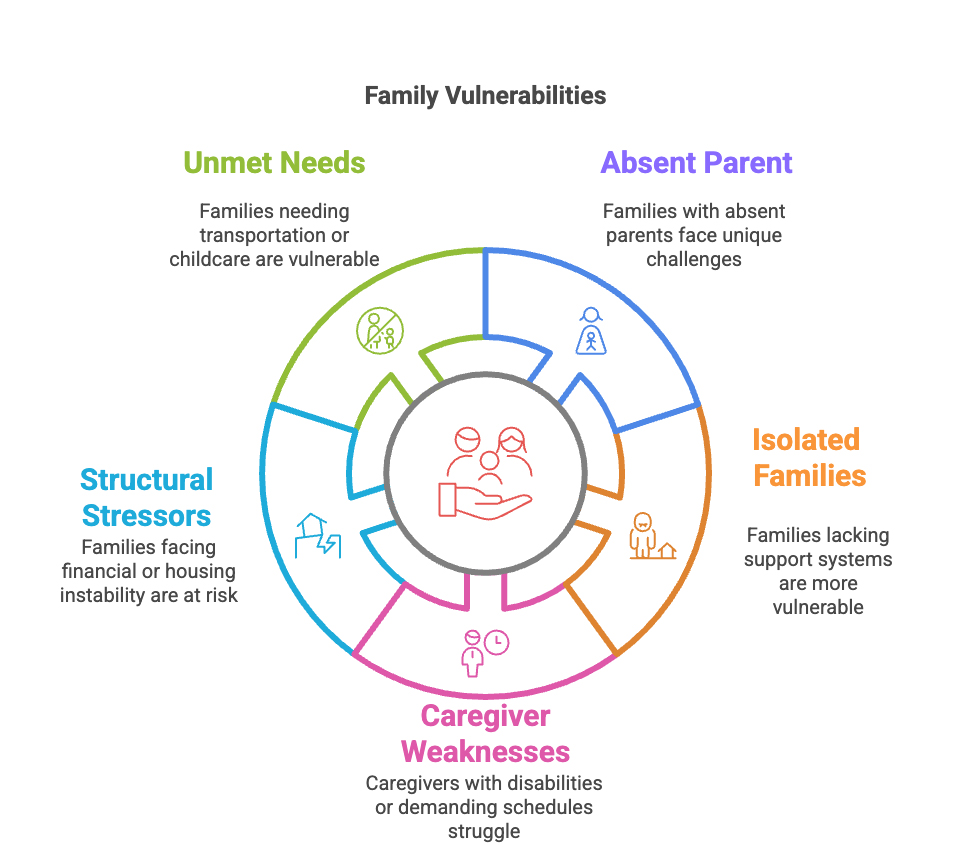
Misinformation surrounding the term “grooming” is widespread, and the term is often weaponized in public discourse, where it is suggested that children can be “groomed” quite quickly by even brief exposure to certain books, individuals, or media. In this first of three blog posts, we’ll take a look at what grooming really is, examine some ways it is carried out, and consider ways it can be prevented.
The misuse of the term not only distorts the true meaning of the act, but it also creates confusion and fear that can hinder real prevention efforts. This is why it is crucial to clarify what the term truly means and, just as importantly, what it does not mean.
Grooming IS NOT
- Reading a book, including those that are controversial
- A political belief, a vote, or advocacy for certain policies
- Watching a television show or movie
- An object, such as a phone, clothing, or food
- A single event or isolated action
As Pruitt and Wolf explain:
… a book is incapable of grooming a child, for it is an inanimate object. It can be used as a tool to groom a child, just as phones, shoes, clothes, and other material items; food, special events; participation in extracurricular activities, time with friends; drugs or alcohol; or pornography can be used as tools. The commonality in these is the actor’s use of it as a tool to groom. And what we have learned from research and our clinical practice is that almost anything can be manipulated from its intended purpose to groom a child. The commonality in these is the actor’s use of it as a tool to groom. Child Sexual Grooming, Doyle K. Pruitt, PhD, LCSW-R & Molly R. Wolf
Grooming IS
- A sexual abuse perpetrator’s calculated, manipulative actions that are designed to pave the way for the perpetrator to sexually abuse a targeted child.
As Safer Society authors Doyle Pruitt and Molly Wolf emphasize, grooming is a specific, intentional series of behaviors that are designed to manipulate not only the targeted child, but also their caregivers, friends, and relatives. Grooming tactics make sexual abuse possible while simultaneously helping the perpetrator avoid detection and create doubt if the targeted child tries to reveal the abuse.
This insidious strategy is called “grooming the environment.” Clinicians must be aware of the subtle ways this particular strategy is carried out.
Grooming the Environment
Some of the strategies used to “groom the environment” include
- Establishing trust with caregivers and community members
- Building a positive reputation for the individual causing harm, thereby making accusations against them less believable
- Creating opportunities for unsupervised access to children
- Promoting secrecy and minimizing disclosure of inappropriate interactions
As authors Pruitt and Wolf explain,
A common misconception about child sexual grooming is that only the children who were abused were groomed. While this may be true in some cases, for many others, the adults and other children in an abused child’s life are, to varying degrees, also groomed. Grooming can also impact the clinician in such a way that it can harm survivors…when offenders groom the environment, they groom everyone in the environment, and sometimes this includes clinicians themselves.
As for “stranger danger,” research from Child Abuse America shows that the large majority of children who experience sexual abuse know their abuser. These individuals typically have some relationship not only with the child but also with their family or their community.
Targeting Family Vulnerabilities
Individuals who perpetrate abuse specifically look for points of vulnerability within families and communities. When identifying potential targets, they may look for the following factors:

- A parent who is continually absent or single-caregiver households facing unique stressors such as visitation/custody issues
- Isolated families with limited support systems, such as those with no or few friends or extended family
- Caregiver “weaknesses,” such as a disability, a demanding work schedule, or social isolation
- Families experiencing structural stressors like financial hardship, housing instability, childcare difficulties, and inconsistent employment
- Caregivers who have needs such as transportation, babysitting, or financial help
This calculated approach helps create circumstances for plausible deniability if concerns arise. By positioning themselves as trusted community members who “help” families in need, these individuals build layers of protection around their abusive behavior.
Future Discussions
In upcoming posts on this topic, we’ll examine exactly what effects grooming has on children and what some recommended treatment strategies are for them. We’ll conclude by looking at ways to prevent sexual grooming by working with the family and the community so they will more fully understand what grooming is and what role they can play in preventing it.
If you’re interested in learning more about child sexual grooming, we believe you’ll find the publication Child Sexual Grooming: Untangling Myth from Reality to Prevent the Harm of Child Sexual Abuse by Doyle Pruitt and Molly Wolf extremely helpful, and we also have the webinars below.
Read the rest of the posts in this series:
- Part 2: https://safersociety.org/understanding-child-sexual-grooming-part-2-short-long-term-effects-on-the-child/
- Part 3: https://safersociety.org/understanding-child-sexual-grooming-part-3-empowering-prevention-and-collaborative-responses/
Additional Resources from Safer Society
- Webinar: Understanding and Preventing Child Sexual Grooming
- Webinar: Building Prevention Teams to Prevent Child Sexual Abuse – Additional tools for professionals seeking to implement comprehensive approaches to child protection
